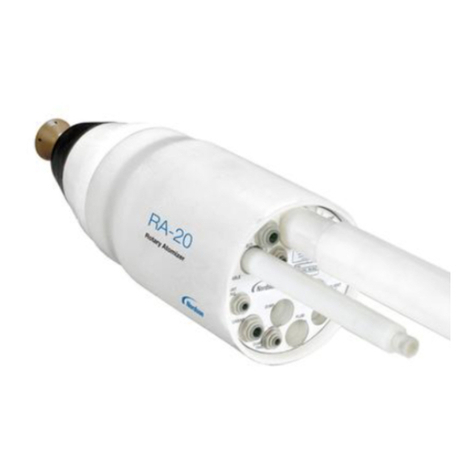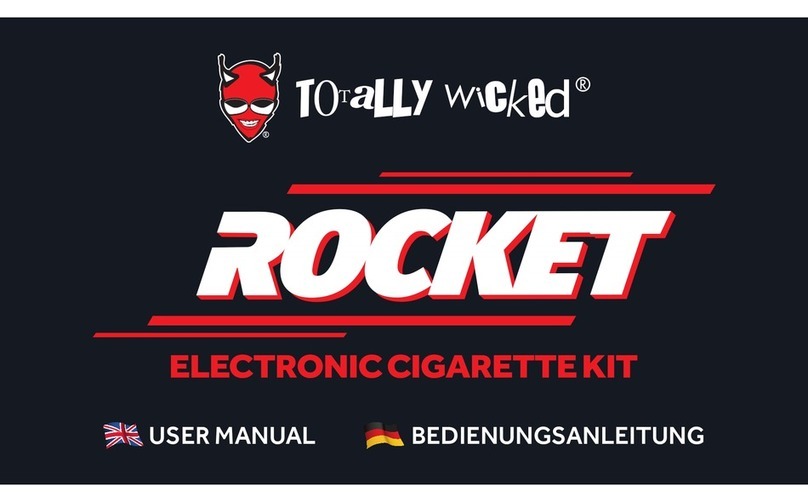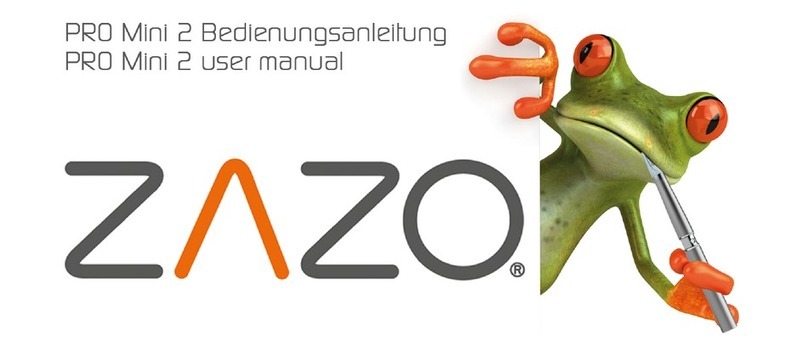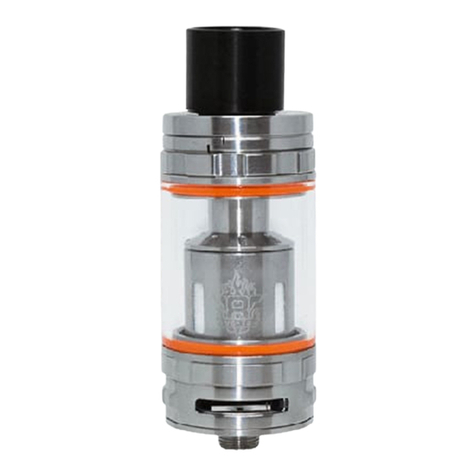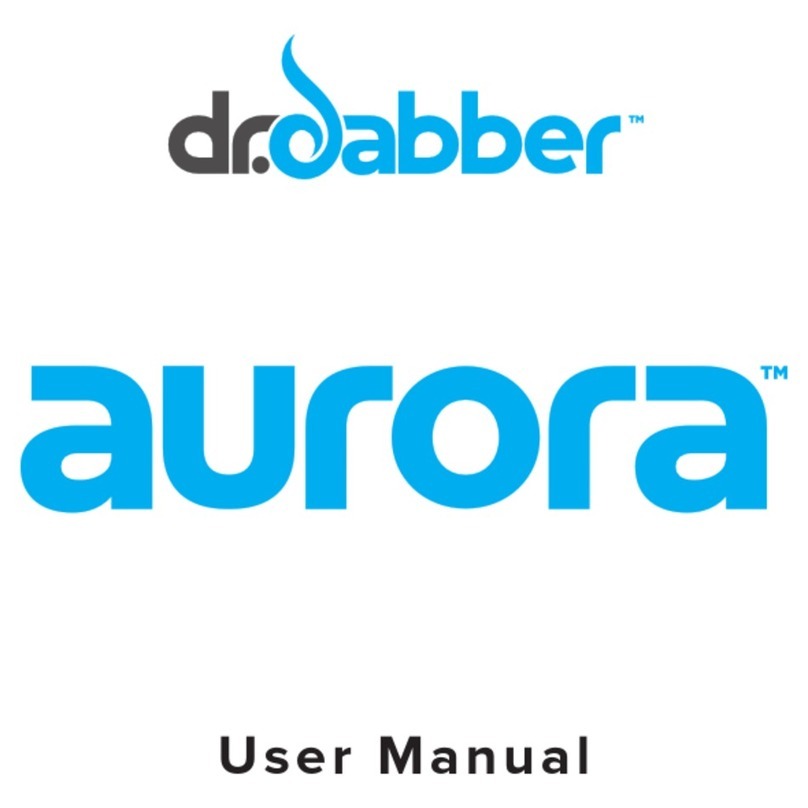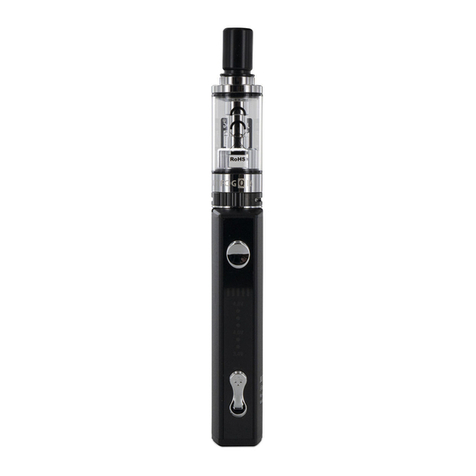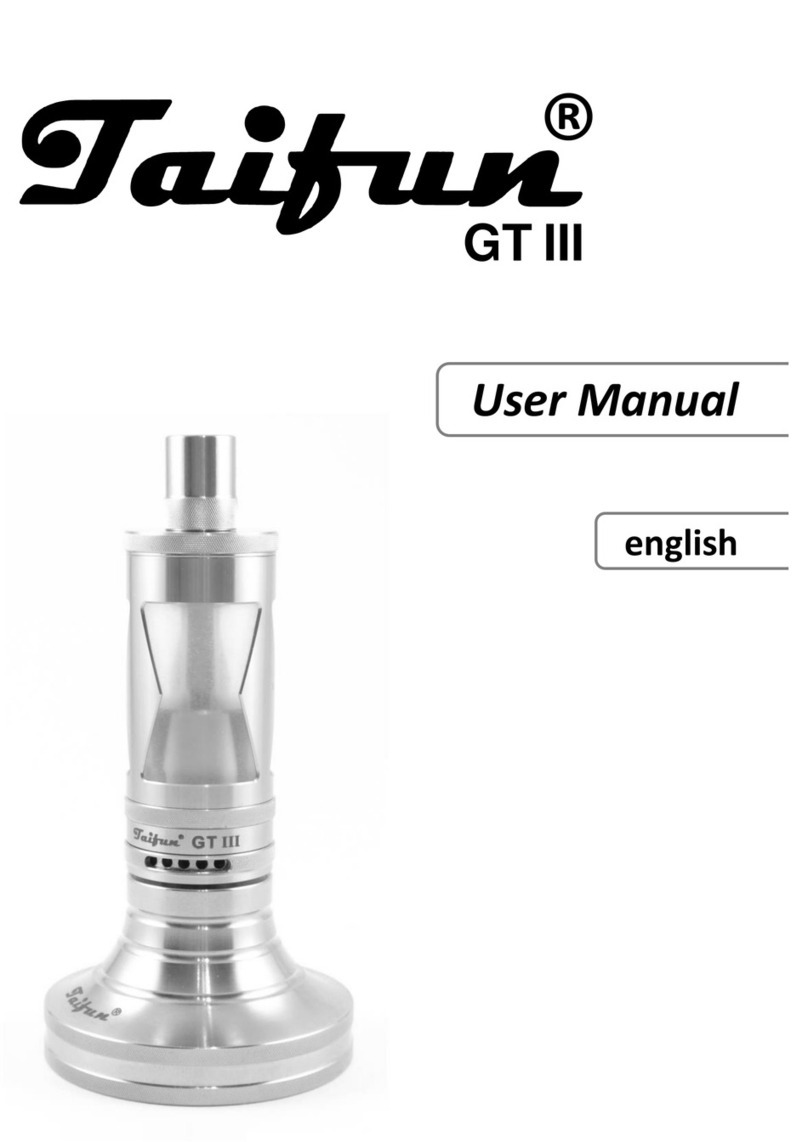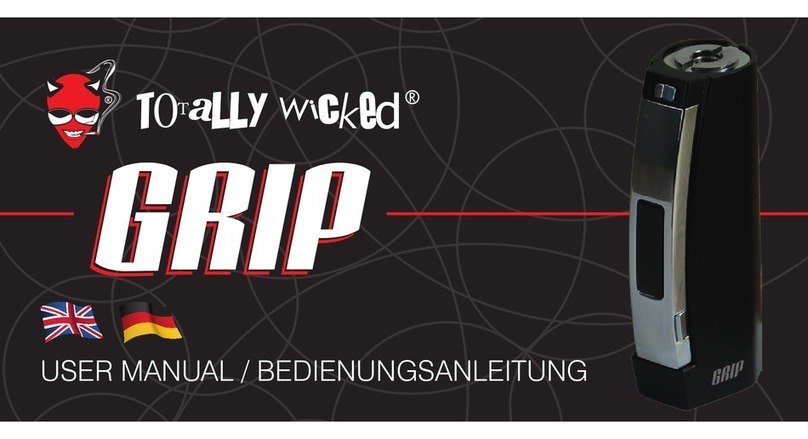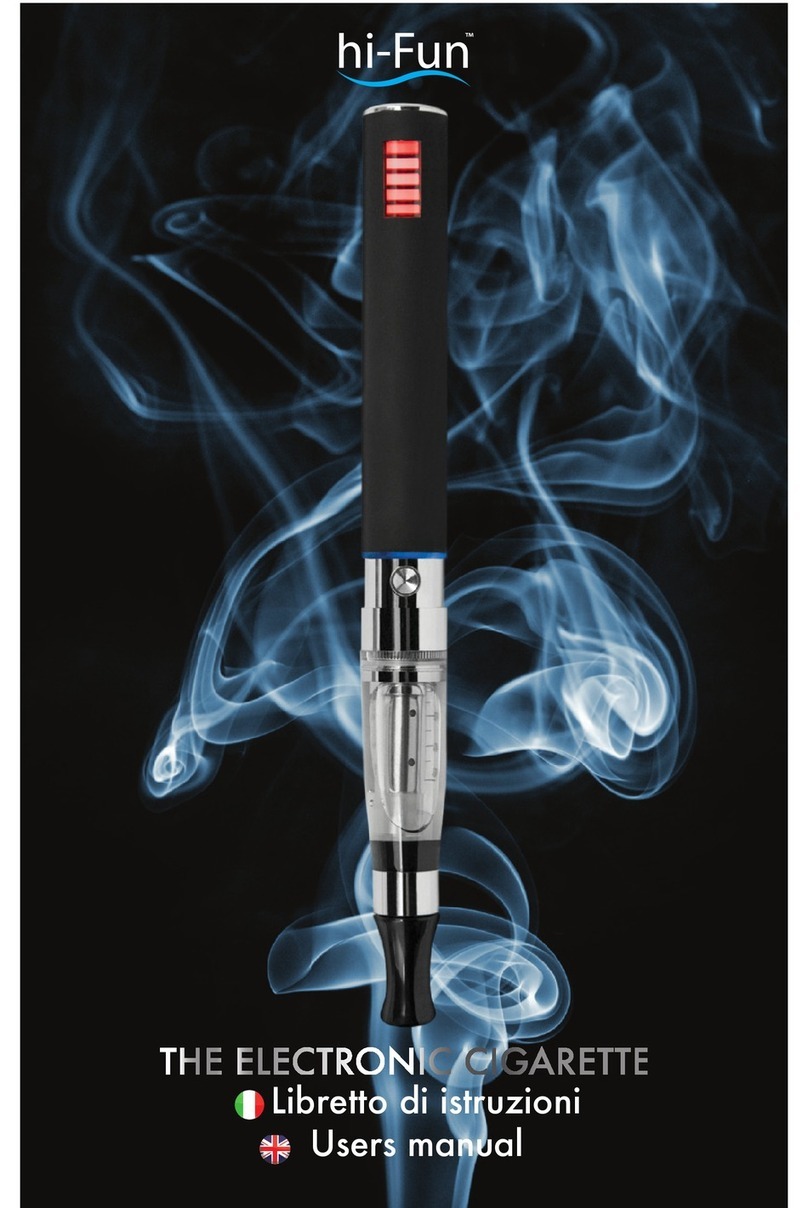Nordson RA-20 User manual

RA-20 Rotary Atomizer
Customer Product Manual
Part 237366-06
Issued 7/19
NORDSON CORPORATION •AMHERST, OHIO •USA
C
APPROVED
US
FM
For parts and technical support, call the Industrial Coating
Systems Customer Support Center at (800) 433-9319 or
contact your local Nordson representative.
This document is subject to change without notice.
Check http://emanuals.nordson.com for the latest version.

Part 237366-06 E2019 Nordson Corporation
Contact Us
Nordson Corporation welcomes requests for information, comments, and
inquiries about its products. General information about Nordson can be
found on the Internet using the following address:
http://www.nordson.com.
Address all correspondence to:
Nordson Corporation
Attn: Customer Service
555 Jackson Street
Amherst, OH 44001
Notice
This is a Nordson Corporation publication which is protected by copyright.
Original copyright date 1997. No part of this document may be
photocopied, reproduced, or translated to another language without the
prior written consent of Nordson Corporation. The information contained
in this publication is subject to change without notice.
Trademarks
Iso-Flo, Nordson, and the Nordson logo are registered trademarks of
Nordson Corporation.
Viton is a registered trademark of E. I. DuPont de Nemours and Company.
Delrin is a registered trademark of E. I. DuPont de Nemours and
Company.

Table of Contents i
Part 237366-06
E2019 Nordson Corporation
Table of Contents
Safety 1-1..................................................
Introduction 1-1.............................................
Qualified Personnel 1-1......................................
Intended Use 1-1...........................................
Regulations and Approvals 1-1...............................
Personal Safety 1-2.........................................
High-Pressure Fluids 1-2..................................
Fire Safety 1-3.............................................
Halogenated Hydrocarbon Solvent Hazards 1-4..............
Action in the Event of a Malfunction 1-4........................
Disposal 1-4...............................................
Description 2-1.............................................
Introduction 2-1.............................................
Versions, Options, and System Configurations 2-1...............
Versions 2-1..............................................
Valve Options 2-2.........................................
Nozzles and Cup Options 2-2...............................
Speed Control Option 2-2..................................
Open-Loop Speed Controls 2-2...........................
Closed-Loop Speed Controls 2-3.........................
Pattern Control Option 2-3.................................
System Configurations 2-3.................................
Waterborne Application System 2-3.......................
Solventborne Application Systems 2-3.....................
Description 2-4..............................................
Turbine 2-4...............................................
Valves 2-4...............................................
Optional Turbine Speed Readout 2-4........................
Electrostatics 2-5.........................................
Installation 3-1.............................................
Mounting 3-1...............................................
Air Connections 3-2..........................................
Fluid Connections 3-3........................................
Waterborne Systems with Nordson Iso-Flo Unit 3-3...........
Solventborne Systems 3-4.................................
Paint Valve Only 3-4....................................
Paint, Solvent, and Dump Valves 3-4......................
Using the Grooving Tool 3-6................................
Fiber Optic Cable Installation (Optional) 3-7.....................
Electrostatic Connections 3-8.................................
IPS Cable 3-8............................................
High-Voltage Cable 3-9....................................

Table of Contents
ii
Part 237366-06 E2019 Nordson Corporation
Operation 4-1..............................................
Flushing 4-1...............................................
Startup 4-2.................................................
Modifying the Spray Pattern 4-3.............................
Modifying the Flow Rate 4-3................................
Shutdown 4-3...............................................
Long-Term Shutdown 4-4..................................
Cup Cleaning During Production 4-4...........................
Removing and Installing the Cup Assembly 4-4.................
Removing and Installing the Nozzle and Fluid Tube 4-5..........
Nozzle 4-5...............................................
Fluid Tube 4-6............................................
Disassembly 4-6........................................
Assembly 4-6..........................................
Maintenance 4-8............................................
Daily 4-8.................................................
Weekly 4-8...............................................
Periodic 4-8..............................................
All Systems 4-8........................................
RA-20 Rotary Atomizer Cable-Fed Version 4-9.............
RA-20 Rotary Atomizer IPS Version 4-9...................
RA-20 Rotary Atomizer Waterborne Version 4-9............
Resistance Checks Diagram 4-10............................
Troubleshooting 5-1........................................
Repair 6-1.................................................
Introduction 6-1.............................................
Preparation 6-1.............................................
Valve Replacement 6-1......................................
Valve Removal 6-2........................................
Valve Rebuild 6-2.........................................
Valve Installation 6-2......................................
Turbine Replacement 6-4.....................................
Turbine Removal 6-4......................................
Turbine Disassembly 6-6...................................
Turbine Assembly 6-8.....................................
Turbine Installation 6-8....................................
Service Illustration and Notes 6-9.............................

Table of Contents iii
Part 237366-06
E2019 Nordson Corporation
Parts 7-1...................................................
Introduction 7-1.............................................
Using the Illustrated Parts List 7-1..........................
Cable-Fed RA-20 Rotary Atomizer 7-2.........................
IPS RA-20 Rotary Atomizer 7-6...............................
Waterborne RA-20 Rotary Atomizer 7-10.......................
Seal Kit 7-14.................................................
Adhesives, Sealants, and Lubricants 7-14.......................
Recommended Spare Parts 7-15...............................
Options 7-16.................................................
Cups and Distributors 7-16..................................
Premium Finish Cup 7-16...................................
Premium Finish Waterborne Emulsion Cup 7-16................
Nozzles 7-17..............................................
Fluid Tubes 7-17...........................................
Valve and Valve Kits 7-17...................................
Accessories 7-18.............................................
Specifications 8-1..........................................
Dimensions 8-1.............................................
Fluid Pressure and Flow 8-1..................................
Turbine Speed 8-2...........................................
Compressed Air 8-2.........................................
Air Pressure 8-2..........................................
Air Consumption 8-2......................................
Air Quality 8-3............................................
Spray Pattern Size 8-3.......................................
Electrostatic Voltage 8-3.....................................
Repair and Cleaning Times 8-3................................
Optional Speed Readout 8-3..................................
Other manuals for RA-20
2
Table of contents
Other Nordson Electronic Cigarette manuals
Popular Electronic Cigarette manuals by other brands
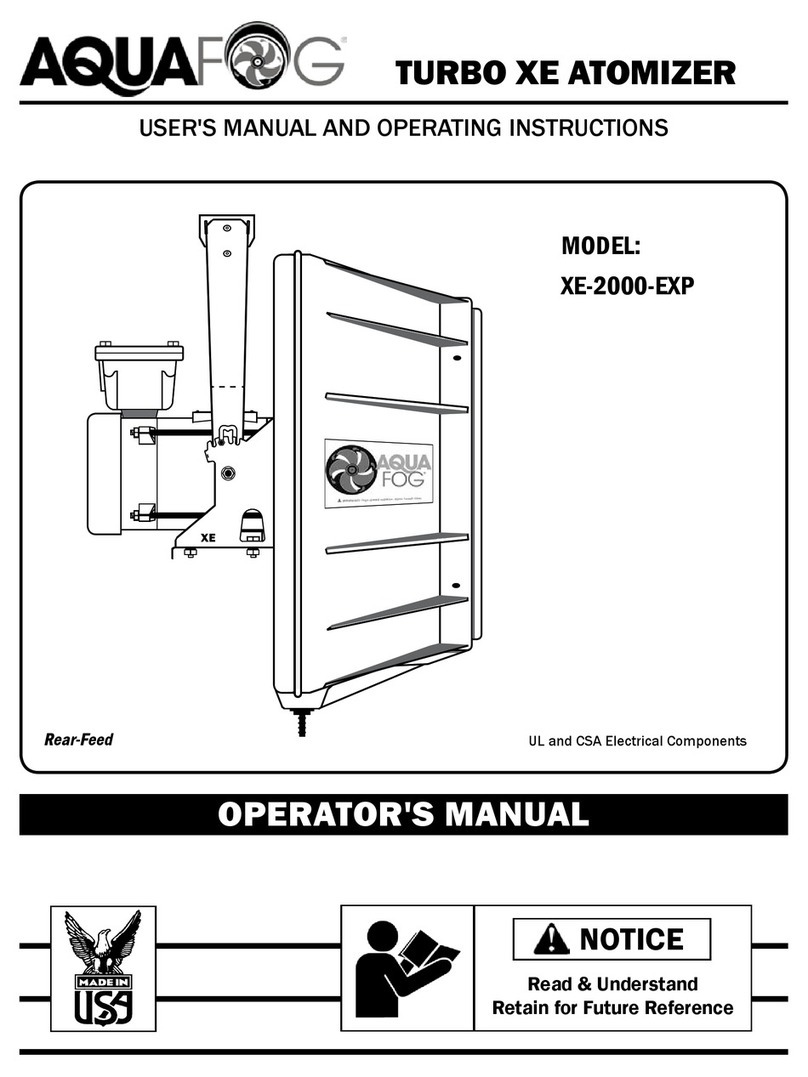
Aquafog
Aquafog Turbo XE User's manual and operating instructions
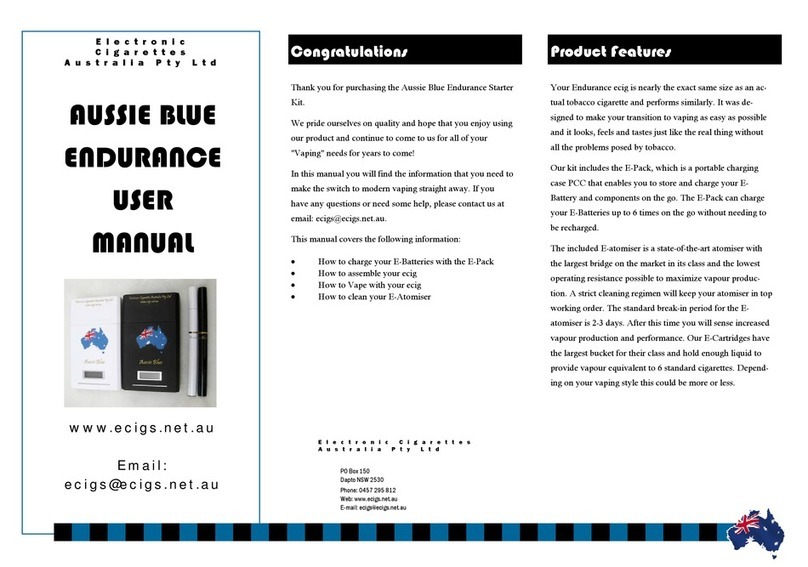
Electronic Cigarettes Australia Pty Ltd
Electronic Cigarettes Australia Pty Ltd AUSSIE BLUE ENDURANCE user manual
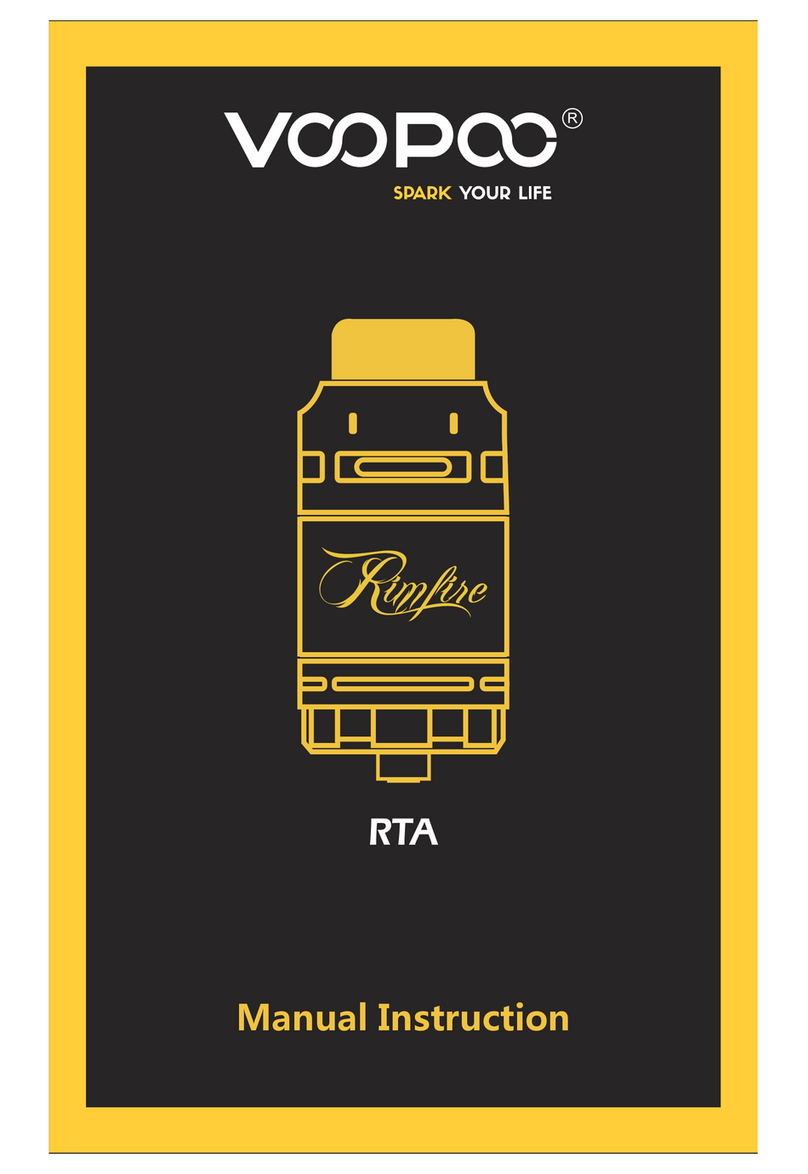
VooPoo
VooPoo Rimfire RTA Manual instruction
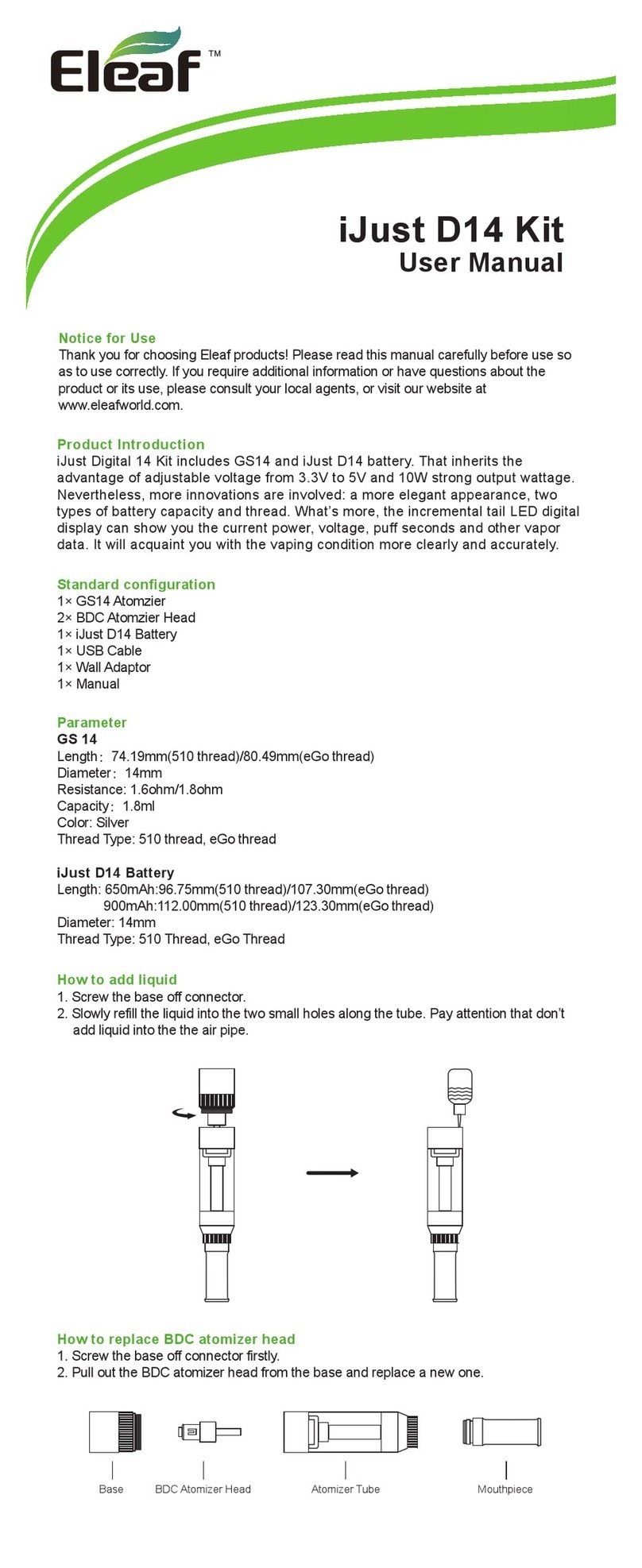
Eleaf
Eleaf iJust D14 Kit user manual

SC
SC iStick Akku user manual

Aspire
Aspire PockeX user manual


